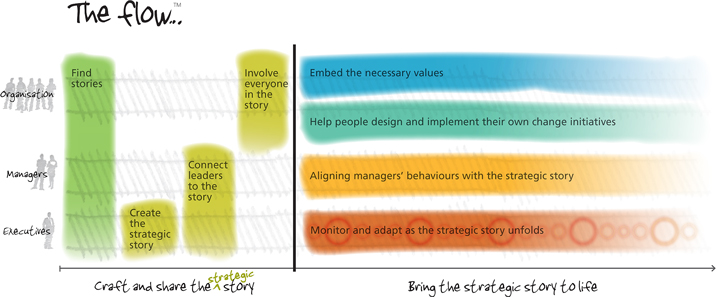The London 2012 Olympic Development Authority has created a very useful web site on what they have learned in designing and building the facilities. Even if you are not in construction, there is much of interest here for any of us that lead large, complex projects!
Through the Learning Legacy project, the Olympic Delivery Authority is sharing the knowledge and the lessons learned from the construction of the Olympic Park, to help raise the bar within the sector and act as a showcase for UK plc.




